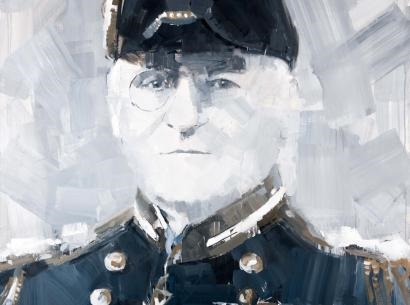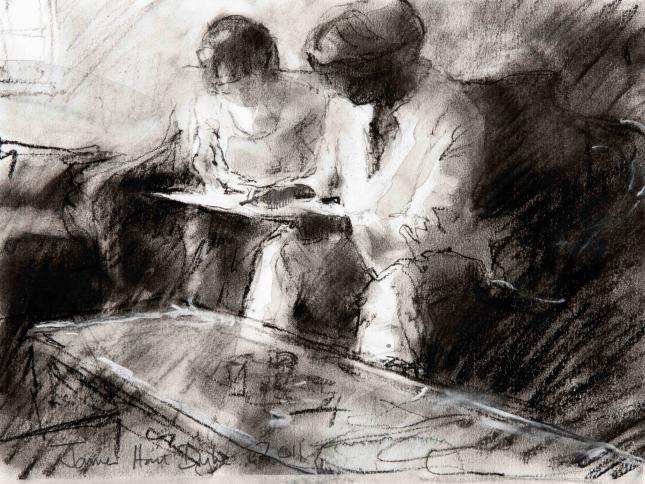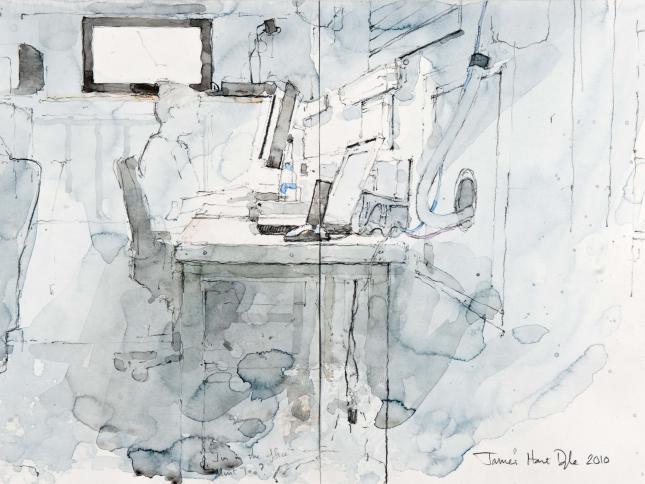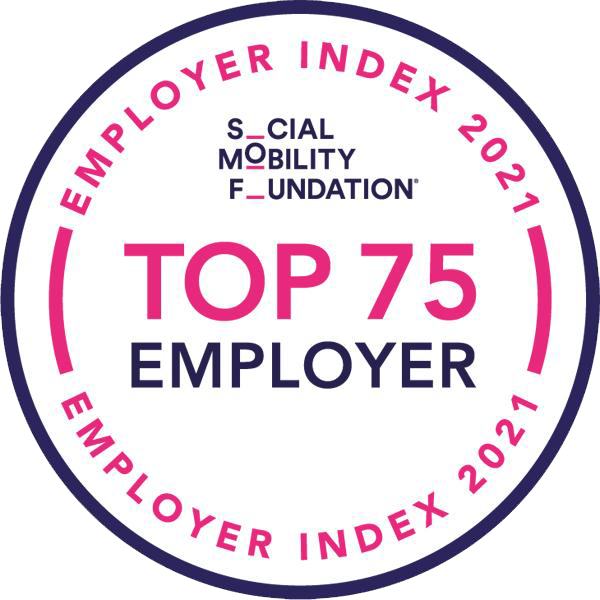Our history
Find out how MI6 has changed
Our secret past
First established in the early 1900s as part of the Secret Service Bureau and developing throughout the First and Second World Wars and beyond, delve into our history to learn how MI6 became the 21st century service it is today.
The Beginning
In the early 1900s, the British felt at risk from the growing power of Germany. A Secret Service Bureau was established in July 1909 and split into Home and Foreign Sections, now better known as MI5 and MI6. In October 1909, Mansfield Cumming, a 50-year-old Royal Naval Officer, was chosen to lead the latter. He commonly signed his letters simply with ‘C’, which is what we have since called all heads of MI6.

The First World War
Following the outbreak of war with Germany in 1914, the Foreign Section worked more closely with Military Intelligence. The majority of our successes came from collecting intelligence in neutral and occupied territories. During this time, both married and unmarried women were recruited to carry out the administration of the service, which was unusual for the time. Their pay was also higher than most of their contemporaries in other departments across government.

C’s Foreign Section becomes SIS
From 1909, and throughout the war, the Service had a variety of names, but in around 1920 the Secret Intelligence Service (SIS) title was adopted. This is the official title the Service has continued to use ever since.

Section D 'For Destruction' and buying Bletchley Park
In 1938, Section D was established under Laurence Grand “to plan, prepare and when necessary, carry out sabotage and other clandestine operations, as opposed to the gathering of intelligence.” Grand began plans to target German infrastructure, food supplies and agriculture. He also wrote a paper on how to defend Britain’s critical infrastructure from sabotage. In July 1938, Bletchley Park was bought as a wartime base for SIS and Government Code & Cypher School (now known as GCHQ). Members of Section D moved to Bletchley in 1939 to develop sabotage material, including incendiaries and plastic explosives.

Agent Networks
SIS ran a series of sources, known as agents, throughout the war. ‘Service Clarence’, led by Hector Demarque and Walthère Dewé, provided information on enemy activity including coastal defences, the effects of Allied bombing and the location of German units. The ‘Alliance’ Network in Occupied France, led by Marie-Madeleine Fourcade, was a source of detailed intelligence on enemy troop movements, the German army structure and Nazi secret weapons. The ‘Makir’ wireless station in Occupied Norway, set up by Oluf Reed Olsen in 1944, reported on U-boat activity and the German occupiers.

1994 and beyond
In 1994, the Intelligence Services Act formally defined our functions and responsibilities.

An Iconic Building and the Intelligence Services Act
In 1994, MI6 moved to its present headquarters, Vauxhall Cross, which is identifiable from its appearances in several James Bond films. To service our unique needs, the building incorporates specially designed doors and 25 different types of glass. Officially opened by Queen Elizabeth II in July 1994, it has been our home ever since.
The Intelligence Services Act 1994 was the first public acknowledgement of the existence of both MI6 and GCHQ. Importantly, it also defined the Service’s role and set out the legal parameters under which it was to operate.

A 21st Century Service
Our authorised history ends in 1949, and we cannot reveal much about our operations since. However, we can say that in recent years we have contributed to the disruption of numerous attacks overseas and in the UK. Working with MI5, GCHQ and the police, our work has:
- Helped protect the London 2012 Olympics from terrorist attacks.
- Enabled the disruption of the AQ Khan network, which was selling nuclear technologies to countries of concern.
- Contributed to reaching an agreement with Libya to disband and destroy their Weapons of Mass Destruction (WMD) capability.
- Predicted Russia’s illegal invasion of Ukraine in February 2022.
Support and membership






